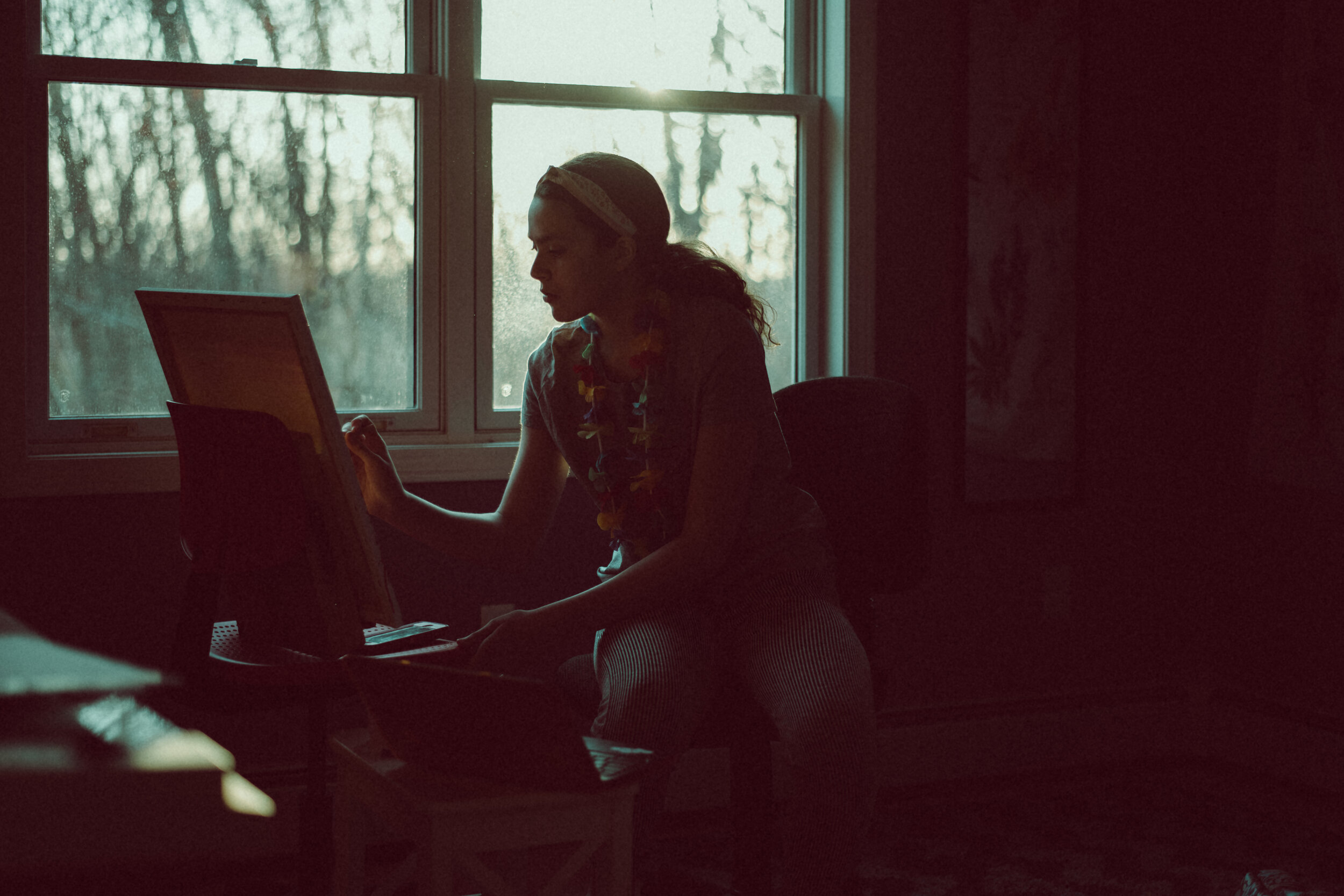For some of us, it has been almost two months since the first of the stay at home orders were implemented and we had to go in quarantine. This year has been one of many surprising things and while things so far look bleak, there’s always a ray of light leaking from a corner of your life.
Many of you are running out of things to do during this quarantine. In my previous post, I talked about buying your first DSLR camera if you would like to take photography as a hobby or if you want to become eventually a professional photographer. Now that you have your camera you are wondering what to do with it if you can’t get out of the house. Well, there’s a lot of stuff that you can do and in this post I’m going to give you some ideas.
Photography related activities that you can do during COVID-19 quarantine and after:
Learn to use your camera in manual mode. You purchased your new camera and you would like to move away from auto mode. When moving from auto mode to manual, there are several parameters that you need to take in consideration to get a proper exposure. That’s where the exposure triangle comes in. It includes: aperture, ISO, and shutter speed. These three parameters influence how your final image looks. When you are in auto mode, your camera chooses the best parameters to create a proper exposure. When you move to manual mode, you decide what aperture you want to use and the same goes for ISO, and shutter speed. In a nutshell, the aperture is how big the opening of the lens is. The bigger the aperture, the more light comes in. But with a bigger aperture you also change the depth of field. When the aperture is wide open only certain areas of the images are in focus. For example, images in which the background is completely blurred and the subject is in focus have a wider aperture compared to those images that everything is in focus. An analogy to this is when you squint your eyes so you can focus your eyesight and get a sharper image. Many lenses have apertures that go from 1.4 to 32. But don’t be fooled by these numbers. To simplify things I won’t go into the math behind these numbers, but in summary the smaller the number the bigger the aperture. The bigger the number the smaller the aperture and less light hits the sensor.
The shutter speed is how long it takes the camera to take a shot. With fast shutter speeds you can freeze motion, but also less light hits the sensor. A slower shutter speed allows more light to enter the sensor.
The ISO is how sensitive your sensor is to light. As you increase the number, your sensor becomes more sensitive to light, but also introduces noise to the image.
To familiarize yourself with these three parameters, you can also use some of the other modes that come with your camera. Most cameras have the aperture priority and shutter speed modes. When you use these parameters, you control one and the camera controls the rest. For example, in aperture priority mode you choose your aperture to be f2.8 because you want to blur the background. Then your camera chooses your shutter speed and ISO.
This all seem like a lot of information at once. I only scraped the surface. But if you would like to learn more, I would recommend reading a book like Understanding Manual Exposure from Bryan Peterson or to take a class. There are many online classes that you can take. I really like the ones from Clickinmoms. The Clickinmoms organization is a great community and in their website there are many free tutorials that you can access once you acquire a membership. There are two types of memberships: annual and lifetime. Whichever one you choose, it’s worth every penny. They also have online classes that usually last 4 weeks. Each week you learn new information and there’s an assignment for which you will get feedback from your instructor and the teacher assistants. You can also go to their magazine website, Click Magazine, in which you’ll find many useful articles for free. No membership is required to access the articles in the magazine website.
Document your quarantine. During this quarantine, I’ve been documenting my kids’ activities. They have been doing online schoolwork, playing outside, painting our storm door, and we have also gone hiking.





